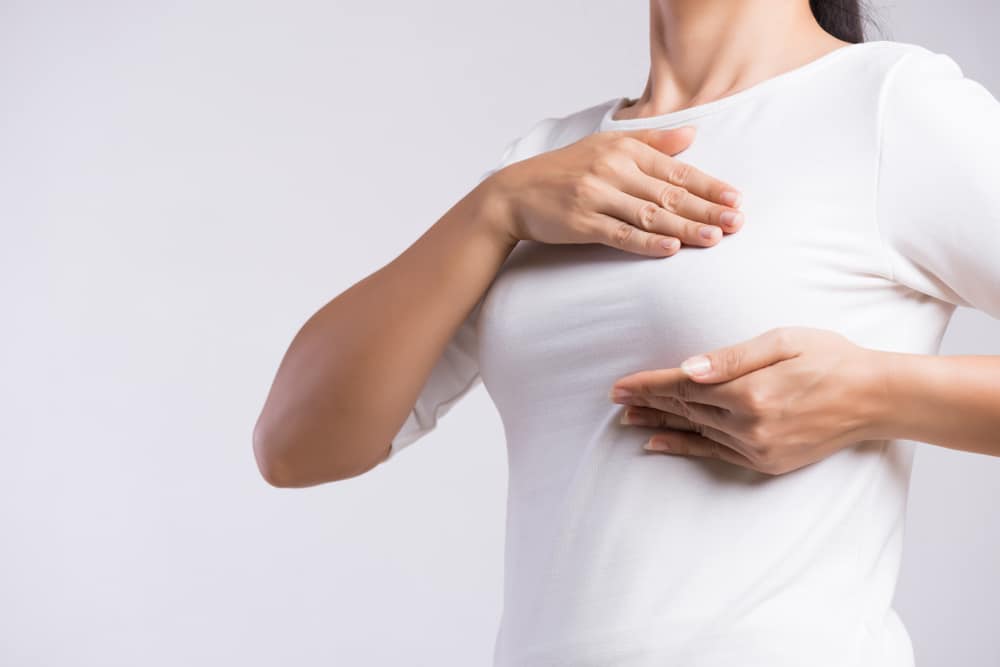
Breast health is an essential aspect of overall well-being for women and anyone with breast tissue. One of the most effective ways to stay proactive about breast health is through regular breast self-exams (BSEs). These exams can help detect changes early, which is crucial for successful treatment if abnormalities are found.
In this blog post, we will discuss how to perform a breast self-exam at home, how often it should be done, and why it’s important for maintaining your health.
How to Perform a Breast Self-Exam at Home
- Begin by looking at your breasts in the mirror with your shoulders straight and your arms on your hips.Look for any visible changes such as dimpling, puckering, or changes in the shape or symmetry of your breasts. Pay attention to any changes in the skin, such as redness or swelling.
- Raise your arms and look for the same changes while examining the contour of your breasts.
- While standing or sitting, check for nipple discharge (this could be watery, milky, yellow, or even blood) by gently squeezing the nipples. Note any unusual discharge or pain.
- Feel your breasts while lying down by using the opposite hand to examine each breast. Use the pads of your fingers and move them in a circular motion, covering the entire breast from top to bottom, side to side, from your collarbone to the top of your abdomen, and from your armpit to your cleavage. Use light, medium, and firm pressure to feel all the layers of tissue.
- Repeat the feeling process while standing or sitting, ideally during a shower when the skin is slippery, making it easier to feel for changes. Check all areas, including the upper chest and armpit area, for any lumps, thickening, or hardened knots.
How Often Should You Perform a Breast Self-Exam?In this
It is generally recommended to perform a breast self-exam once a month. The best time to do this is a few days after your menstrual cycle ends when your breasts are least likely to be swollen or tender. For those who no longer have menstrual cycles, choosing the same day each month can help maintain a consistent schedule.
Regular exams help you become familiar with the usual appearance and feel of your breasts, making it easier to detect any changes.


